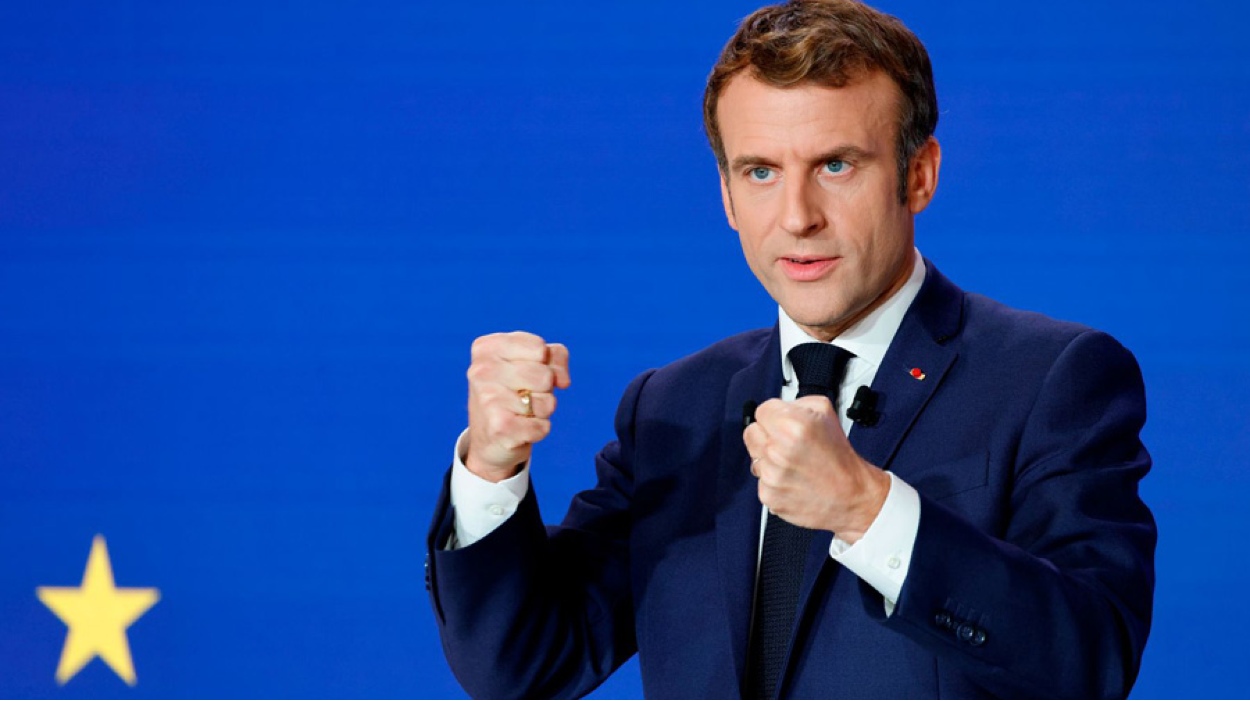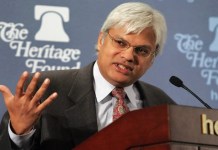French President Emmanuel Macron is pushing for a substantial surge in military spending, aiming to reach €413 ($450) billion within the next seven years.
This proposed increase of 30 percent in defense expenditure is intended to strengthen the nation’s armed forces and enhance its capabilities.
The much-anticipated military budget bill, known as the Loi de programmation militaire (LPM), reached the Assemblée Nationale in France on May 22 after months of deliberation and numerous delays.
The bill, covering 2024 to 2030, is now open for debate and is expected to undergo two weeks of intense discussions. Its significance lies in allocating approximately €413 billion in military spending until 2030, a time of heightened international tension due to the war in Ukraine.
The government has requested an accelerated procedure for the military budget bill to expedite the process.
This means that the bill will undergo only one reading in the lower and upper houses of parliament. The aim is to pass the law before July 14, France’s national day.
The draft law primarily prioritizes the modernization of the armed forces, with particular emphasis on enhancing nuclear deterrence capabilities.
The bill also addresses the need for equipment upgrades and includes investments to bolster cybersecurity, space-related initiatives, and the Navy’s capabilities.
Opposition parties have submitted approximately 1,700 amendments to the military budget bill. These amendments will be reviewed and deliberated upon during the two weeks of debate in the Assemblée Nationale. Following this process, the bill will proceed to the Senate for further consideration.
According to the proposed draft law, the French Armed Forces are set to receive an “unprecedented” budget increase from 2024 to 2030, as stated by the defense minister. The budget will rise to 400 billion euros during this period, a significant rise from the 295 billion euros allocated for 2019-2025.
When factoring in off-budget expenditures on infrastructure and other related items, the total budget for the Armed Forces is expected to reach 413 billion euros.
For 2023, the French military budget is projected to amount to 43.9 billion euros, with an additional 1.5 billion euros requested by the country’s defense minister.
The budget will see an increment of 3.1 billion euros in 2024, followed by annual increases of 3 billion euros until 2027. Starting in 2028, the defense ministry is expected to receive an additional 4.3 billion euros annually.
France’s Military Spending Boost Fails To Learn from Ukraine Situation?
Despite the potential connection between the increase in military spending and the Ukraine war, some experts contend that the proposed boost in military expenditure fails to consider the factors arising from the conflict in Ukraine adequately.
Critics argue that France’s proposed 30 percent increase in military spending fails to consider the unfolding situation in Ukraine.
The Russian invasion has witnessed a resurgence of traditional warfare tactics involving intense artillery and rocket usage, deviating from the post-Cold War approach that prioritized smaller, technologically advanced forces capable of long-range deployments.
In contrast, the French military budget, currently up for voting in the National Assembly, adheres to the pre-Ukraine conflict model.
It involves reductions in heavy weaponry such as tanks and armored personnel carriers while allocating resources towards France’s nuclear deterrent capabilities. Furthermore, investments are directed toward combating emerging threats in space, cyber, and the deep seas.
Michel Goya, a retired army colonel, and French military consultant, told Politico that the newly proposed military budget from 2024 to 2030 indicates that France, the only European Union nation with nuclear weapons, is not prioritizing preparations for a potential large-scale land conflict.
Goya argues that the primary objective is to protect France’s capabilities towards future endeavors, specifically aiming to be part of an air and naval coalition led by the United States while relying on their nuclear firepower to safeguard against scenarios similar to Ukraine.
The French government’s focus on addressing the financial repercussions of the COVID crisis has led to limitations on conventional military expansion and a greater emphasis on its reliance on nuclear capabilities.
This stands in contrast to Poland, a non-nuclear state bordering Ukraine and Russia, which seeks to establish the largest conventional military force in the European Union.

France’s revised military plan reflects these constraints with scaled-back procurement goals. The refurbishment target for Leclerc main battle tanks has been reduced from 200 to 160, and while Ukraine has requested some tanks, Paris has yet to approve the transfer.
The number of expected Rafale fighter jets for the air force has decreased from 185 to 137. Dassault fighters are one of the world’s leading fighter jets and the backbone of the French military, including the Navy.
Similarly, plans for Jaguar armored reconnaissance vehicles have been adjusted from 300 to 200, and Griffon armored personnel carriers will be reduced to approximately 1,300 instead of over 1,800.
Amendments have been proposed to purchase additional Jaguar and Griffon vehicles to replace those donated to Kyiv, but such efforts will not be financed through the multiannual budget.
French government officials maintain that the original targets for armed forces equipment remain valid until 2035, despite concerns raised.
Lawmaker Cédric Perrin from the conservative Les Républicains party emphasizes the importance of deterrence and conventional warfare, particularly considering the international context and conflicts nearby.
Delays in equipping France’s armed forces could also hamper the country’s ability to provide weapons to Ukraine.
Europe Experiences Surge In Defense Budgets
The war in Ukraine has significantly impacted military budgets across Europe, leading to a remarkable surge in defense spending. This increase is the most substantial seen in the region over the past three decades.
The ongoing conflict between Russia and Ukraine has compelled countries to reassess their security needs and allocate greater resources to bolster their armed forces.
France is not alone in experiencing a significant increase in its military budget. According to the Stockholm International Peace Research Institute (SIPRI), defense spending in Western and Central Europe has surpassed the levels observed during the last year of the Cold War.
Germany has also emerged as a nation breaking away from its recent norms. Chancellor Olaf Scholz’s announcement of a “turning point” or “Zeitenwende” paved the way for Germany’s greatest rearmament efforts since the Second World War.
In 2022, Berlin announced a €100 billion defense budget boost, but much of the funding remains unallocated. Germany’s military budget ranked the seventh largest worldwide last year, following the United States, China, Russia, India, Saudi Arabia, and the United Kingdom.
In March 2023, in response to the Ukraine war, the United Kingdom also announced a £5 billion ($6 billion) increase in defense spending over the next two years. But, the UK, also a nuclear power, is contemplating reductions in land forces despite recent increases in military spending.
While French President Emmanuel Macron did not make a formal declaration akin to German Chancellor Olaf Scholz’s “turning point,” the defense budget presented by French Defense Minister Sébastien Lecornu in the National Assembly indicates a notable shift in France.
This budgetary plan suggests that a peace dividend, a period of reduced defense spending following the end of major conflicts, is no longer applicable in France’s context.
- Contact the author at ashishmichel(at)gmail.com
- Follow EurAsian Times on Google News




